UMAMI
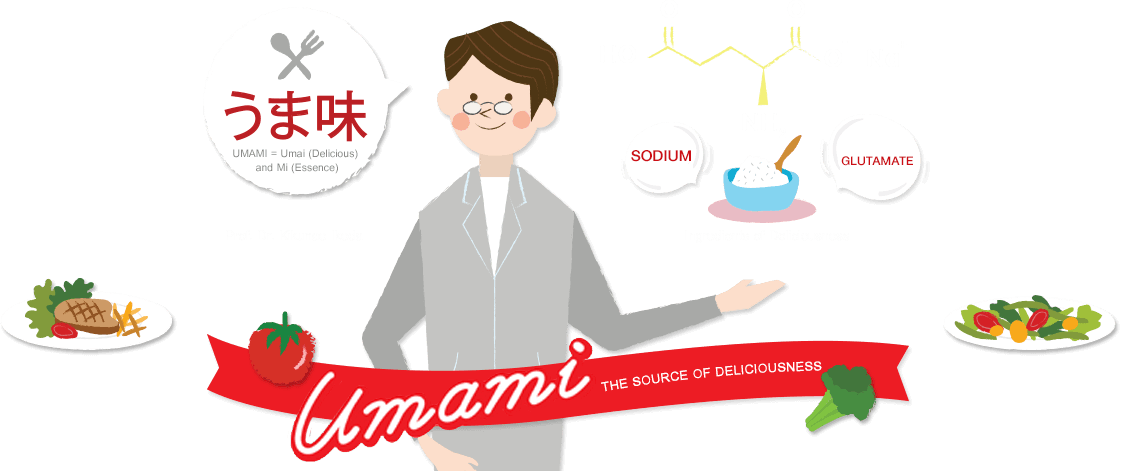
“Umami” is from two Japanese words;
Umai (Delicious) and Mi (Essence)
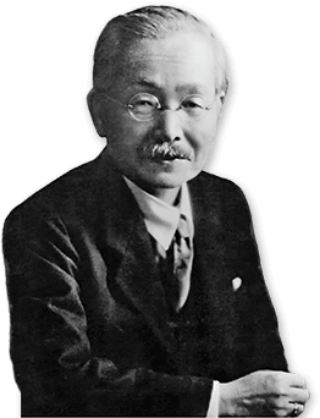
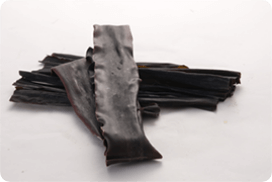

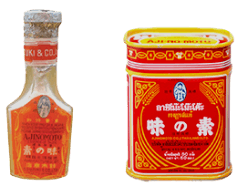

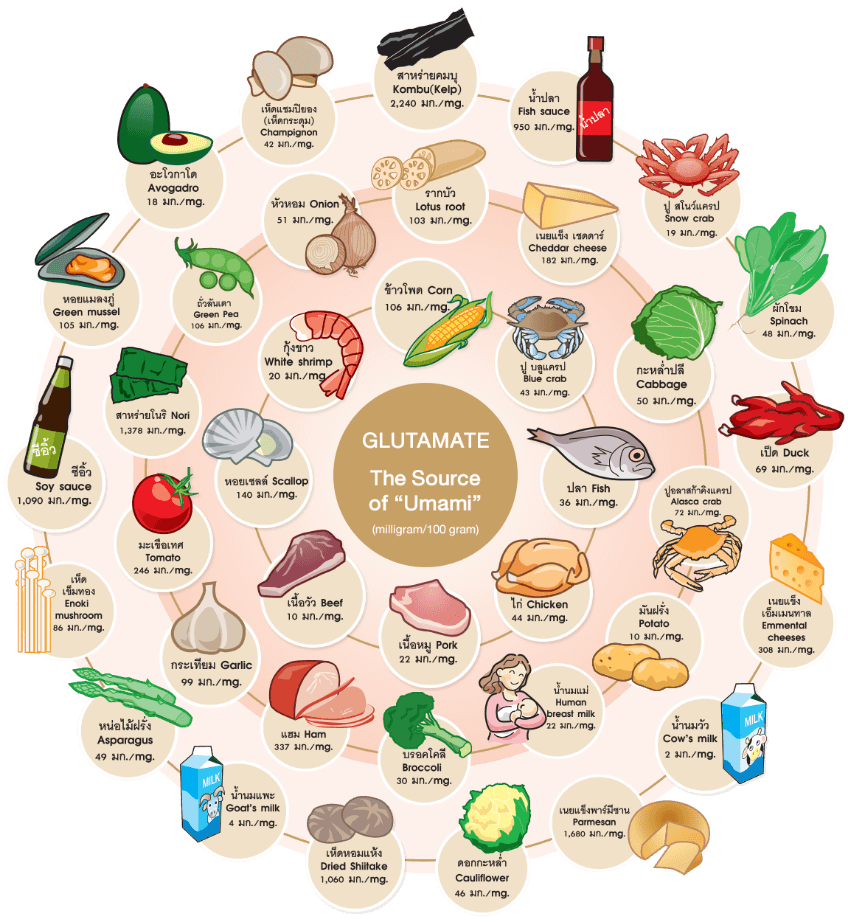
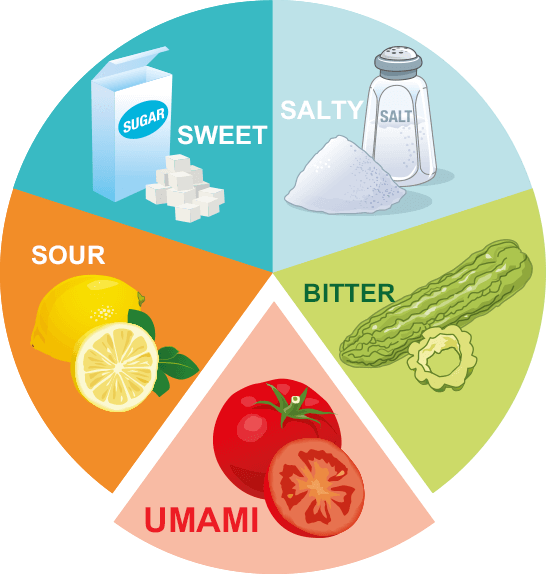


Umami seasonings or umami natural raw materials are one of secret tips for the deliciousness around the world. across cultures and different races, “umami” is widely accepted and used as a seasoning since it can be found in different cuisines across the globe. the chefs around the world select a raw material which is rich in glutamate because it can enhance umami taste or deliciousness well.
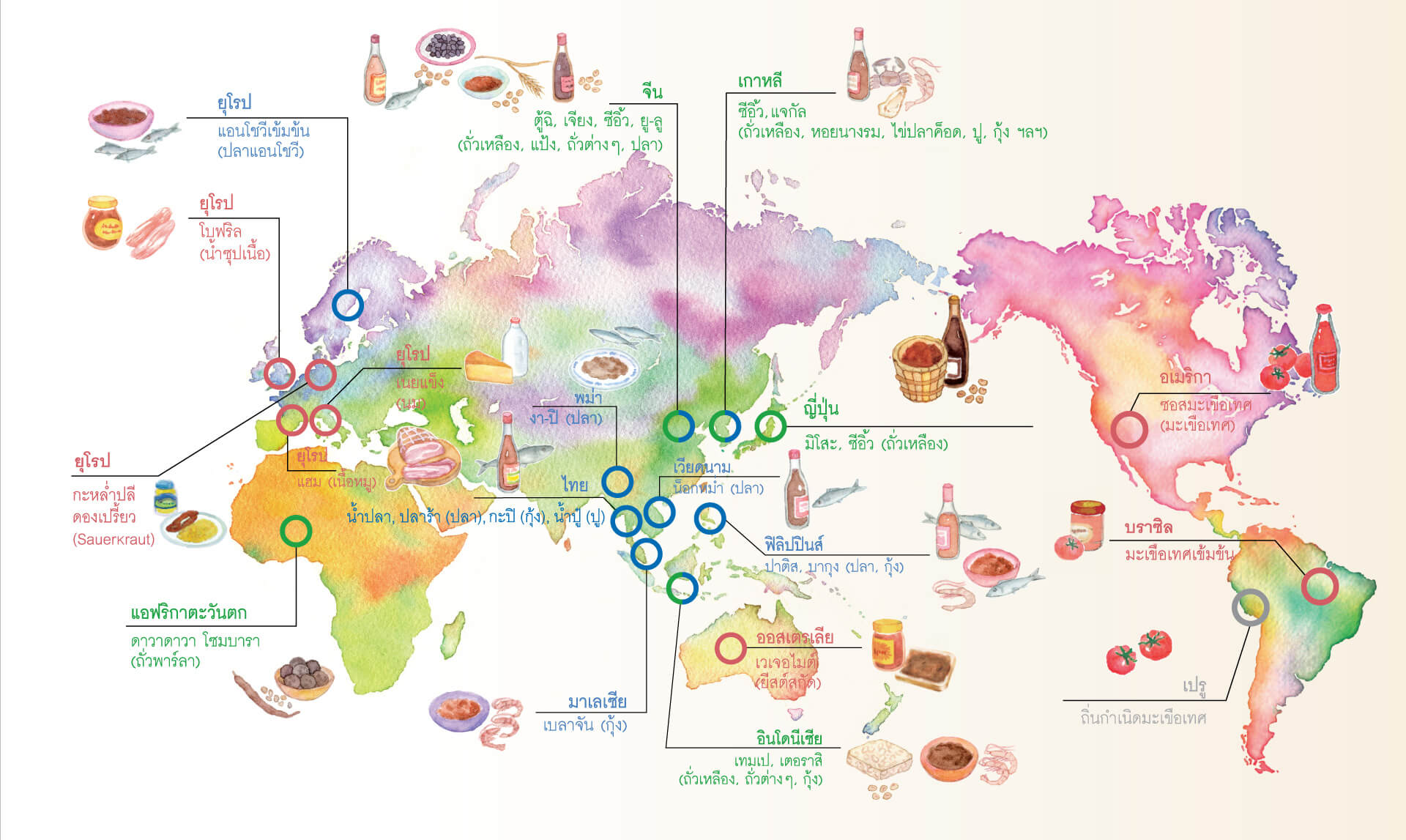
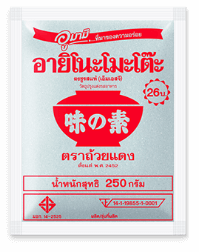
MSG or monosodium glutamate is one of umami seasonings rich in glutamate, an amino acid that gives umami taste. using msg in cooking is like adding glutamate but more comfortable, shorten time in preparing ingredients and cooking, safe, and answer the urban people’s hasty lifestyle as well.

